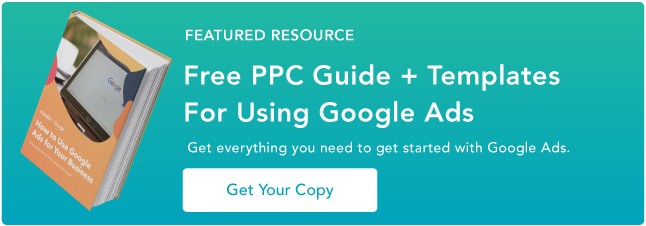Reaching the right customers with your Google Ads campaigns is critical to increase conversions. While it’s possible that scattershot advertisements could catch the interest of Internet users, it’s far more likely that this general ad approach will result in a disconnect between dollars spent and sales made.
To help ensure your ads are reaching the people in the right place, it’s worth leveraging a function in the Google Display Network (GDN) known as affinity audiences. Using these audiences helps pinpoint customer segments that may be more likely to purchase your products, in turn driving more effective and efficient ad spend.
But what exactly is an affinity audience? How do they work, how can you create your own — and what can you expect once you dial in the ideal customer segment? Let's find out.
What are Affinity Audiences?
Affinity audiences are used by the Google Display Network to deliver your ads to relevant locations online. Given that Google’s network reaches more than 90 percent of Internet users worldwide, it’s well worth the time and effort to understand and apply these audiences at scale.
But what is an affinity audience?
Let’s break the term down into its component parts. Audience is easy — it’s the group of people that will see your ad. Affinity, meanwhile, is defined as “a feeling of closeness and understanding that someone has for another person because of their similar qualities, ideas, or interests.” The result? An affinity audience is a group of potential customers that share similar interests or qualities (similar to a buyer persona).
Using affinity audiences allows your brand to better align ad campaigns to buyers who are interested in what you have to sell. For example, if you’re in the coffee-making business but also have a focus on reducing plastic waste, your affinity audience might contain both people who love coffee and those who love the environment. Groups with both of these qualities are far more likely to buy your product than either group individually.
Affinity Targeting
Affinity targeting, meanwhile, is the process of identifying the ideal affinities that align with your product or service. Consider the coffee example above. While targeting buyers who love coffee helps improve your brand placement, it also puts you in direct competition with a host of other brands all producing similar products. Additional affinity modifiers that narrow your focus — such as sustainable growth processes, fair labor practices, or environmental priorities — can help set your brand apart.
Do note that it is possible to get too specific with your audience targeting. For example, if your coffee brand targets audiences that prefer beans from a specific region that are collected, packed, and shipped in a specific way, you may end up with a handful of very loyal customers but almost no broader appeal. As a result, targeting needs to narrow the focus without preventing you from reaching the greater public.
What are Custom Audiences?
GDN and the Google Ads platform contain a host of pre-built Google affinity audiences — also called segments — that you can use to focus your marketing and advertisements. These include everything from pet lovers to do-it-yourselfers, TV comedy fans and users with an interest in news and politics.
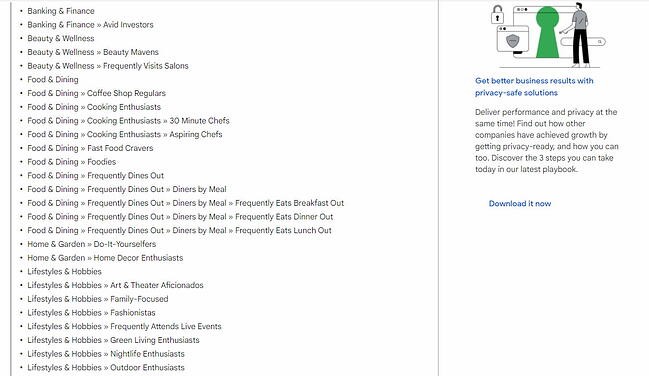
But they can’t cover everything. You may have a product or service that doesn't dovetail with existing segments — here, custom affinity audiences can help.
Understanding Custom Affinity Audiences
Custom affinity audiences are those you create yourself in your Google Ads platform to align with the interests of your target customer base. While Google will suggest different potential segment tags depending on what you input, it’s worth taking the time to do some market research before diving into the custom affinity process. This lets you pinpoint the audience preferences that align best with your brand.
You can create custom affinity audiences related to four criteria: Interests, URLs, places, or applications. In general, places and applications are the least useful of the bunch. Here’s why. In our coffee example above, there aren’t a lot of coffee-related applications that would set your audience apart. And while geography has some impact on buying behavior, it’s usually not enough to justify an entire segment.
Interests and URLs, meanwhile, can help you dig down and identify potential affinity options that may be shared by your target market at large.
How to Create Affinity Audiences
Ready to create your own affinity audience? Follow these steps:
- Log into your Google Ads account.
- Select “Tools and Settings”, then “Audience manager.”
- Select “Custom Segments.”
- Enter segment name and interests.
- Save your new segment.
Let’s tackle each step in more detail.
1. Log Into Your Google Ads Account
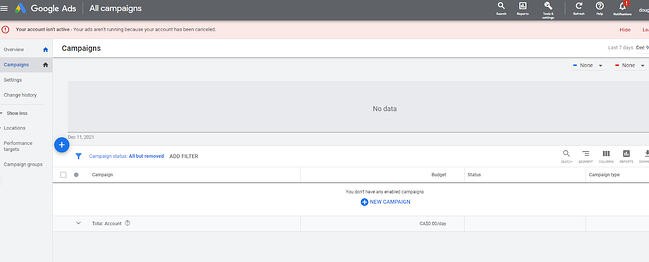
First, log into your Google Ads account. Here, you can see any active campaigns along with the associated affinity audiences.
2. Select “Tools and Settings”, then “Audience Manager”
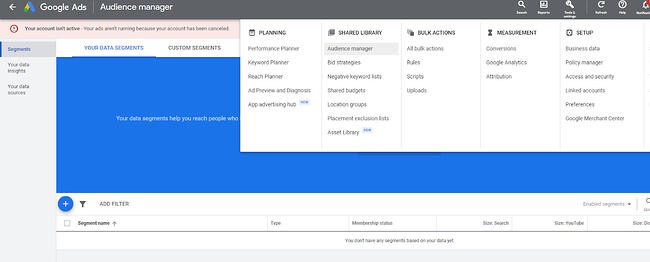
Next, head to “tools and settings” in the upper-right-hand corner and then find “Audience manager” in the drop-down menu.
3. Select “Custom Segments”
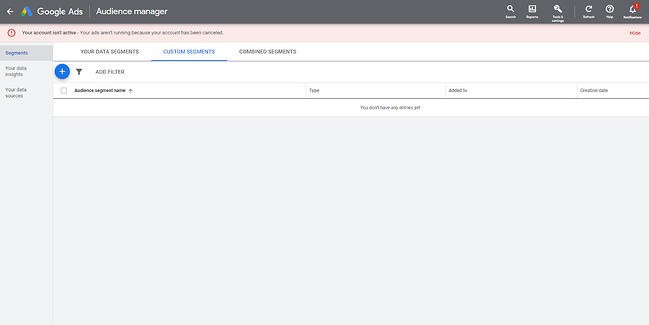
Now you’ll see a list of any data segments you’re currently using to target prospective buyers. To create an audience or segment, click on “Custom Segments” and then the blue “+” icon.
4. Enter Segment Name and Interests
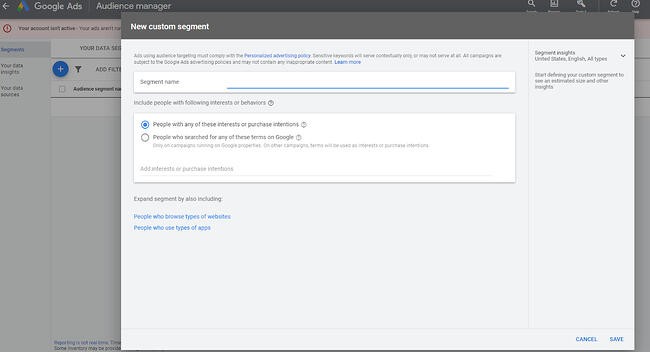
Now, give your segment a name and add a few potential interests. For example, if you enter “coffee”, Google will return interests or purchase intention ideas such as “coffees to make with an espresso machine”, “how to make coffee with coffee beans” and “coffee makers that make different coffees.”
5. Save Your New Segment
Finally, save your new segment with use for ad campaigns. You can create as many segments as you like until you’ve covered all relevant market bases.
The Impact of Effective Affinity Audiences
Ideally, affinity audiences lead to a definitive result: Increased ROI.
Here’s why: When your ads are shown to audiences that are interested in what you’re selling, they’re more likely to click through and purchase your products. As a result, the money you spend on advertising is directly offset by the conversions driven by these ads, in turn creating positive ROI. More generic campaigns, meanwhile, may still increase overall sales but not enough to balance out the spend required to reach larger audiences.
The right audience makes all the difference. Targeted, customized affinity audiences help you reach the people that want to buy your products, in turn boosting conversions and making your overall ad spend more cost-effective. Custom affinity audiences further narrow your market targeting, increasing the likelihood of revenue and reducing the gap between what you spend on ads and what you get in return.

